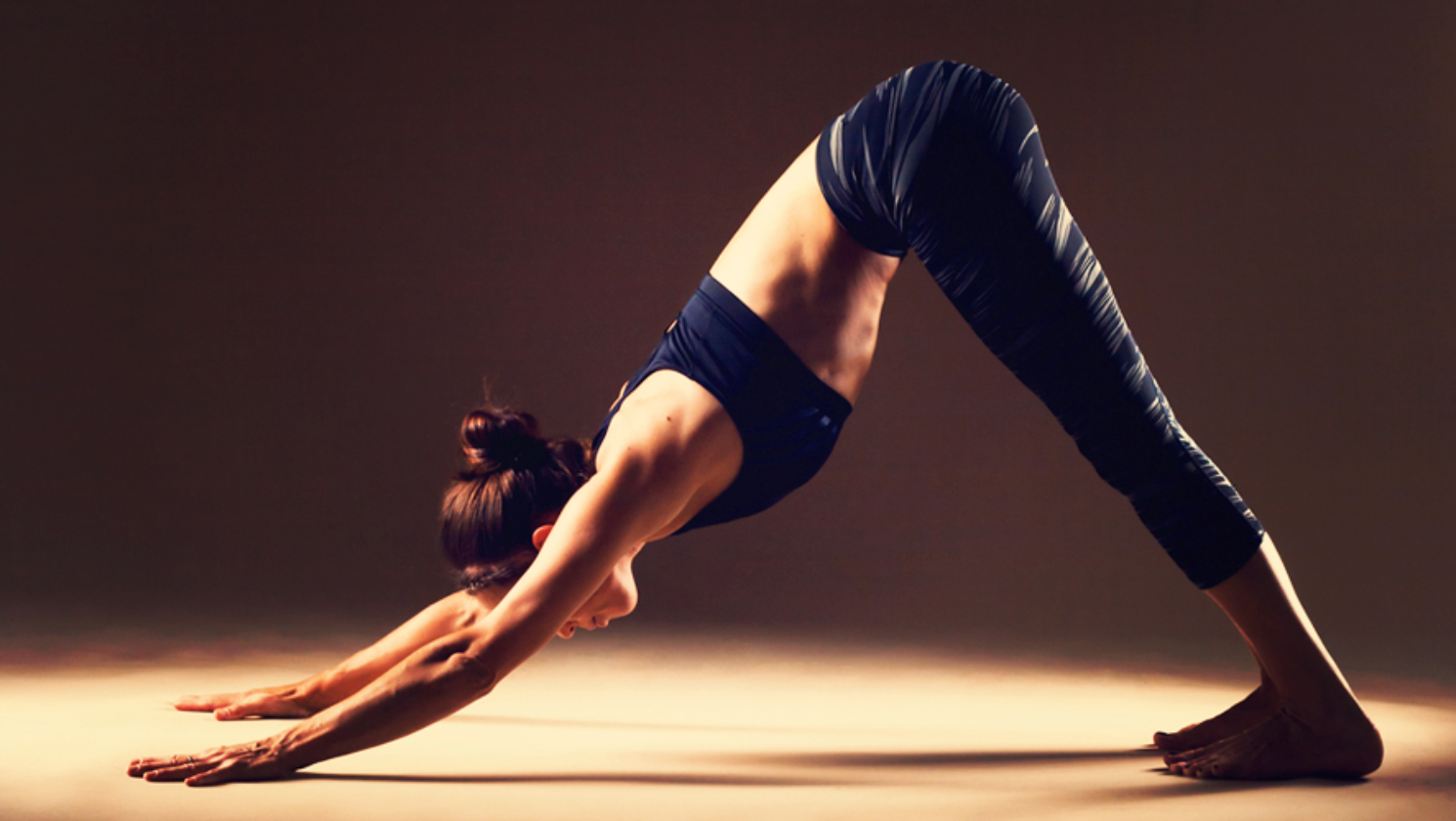
25 Jan The Downside of the Downward Dog for Glaucoma Sufferers
The news this month that yoga poses such as downward dog may be risky for people with glaucoma surprised some yoga fans – but it’s not the first time that eye experts have raised the alarm.
Warnings about too much pressure on the optic nerve caused by head-down poses such as headstands rang out in 2007 when researchers reported the risk in The British Journal of Ophthalmology.
It’s a message that isn’t promoted loudly enough despite two important facts. One is that the optic nerve can be vulnerable to the kind of eye pressure imposed by some yoga poses – the other is that 50 per cent of people with glaucoma haven’t been diagnosed and don’t know they have the condition, Geoff Pollard, national executive officer of Glaucoma Australia, says.
A potential cause of vision loss that occurs when the optic nerve is damaged, glaucoma affects one in 200 40-year-olds, with the incidence rising with age. Although early detection and treatment can halt or slow its progression and preserve eyesight, the disease can fly under the radar.
“People often rely on their vision as a guide to eye health rather than getting their eyes checked – they think that if there are no obvious vision problems, they’re OK,” he says. “Yet the changes that lead to glaucoma happen inside and at the back of the eye and can be very subtle.”
His advice? Have regular eye checks that include checking for glaucoma from the age of 40 onwards – and if there’s a family history of the disease (which increases the risk tenfold) – get your eyes checked for glaucoma 10 to 15 years before the age when your relative was diagnosed.
But eyes aren’t the only parts of the body that can run into trouble with yoga.
Although the health benefits attributed to yoga keep mounting – easing stress and improving blood pressure are among them – injuries related to yoga are rising too, says Caitlin Reid, a Sydney-based yoga teacher and accredited exercise physiologist.
“Not only are more people practising yoga but the numbers of yoga poses – or asanas – have increased. Originally, there were only a handful of poses and now there are thousands. Then there’s Instagram – people are posting pictures of themselves in amazing poses and this can drive less experienced people to try these poses before they’re ready,” she says.
The most common yoga-related problems? Injuries to the lower back, shoulder or rotator cuff, wrist or hand, according to a 2014 report in The International Journal of Yoga, while a 2013 review of adverse events linked to yoga singled out headstands, shoulder stands, variations of the lotus position and postures that involve putting one or both feet behind the head as the most likely to cause trouble.
As for yoga styles that might pose a risk, Reid suggests care with Bikram – “hot yoga” – which is done in a room heated to 40 degrees.
“The warm environment makes it easier to get into yoga pose and to get deeper into a pose – but this can also lead to ligament strains caused by overstretching,” she says.
The way to avoid injuries in any style of yoga is to err on the side of caution: don’t run before you can walk, Reid says.
“People often see the instructor doing a difficult pose and try to do the same but good instructors will suggest gentler options – so always do the easiest version of a pose until you understand it before you progress to the harder version.
“We need to get over this idea of feeling awkward about doing an easier version of a pose and trying to keep up with people who are more experienced. The whole point of yoga is to listen to your body so if you feel yourself getting tired or have difficulty with a pose just go into child’s pose and rest.
“Tell the instructor about any medical condition you have, no matter how small and about any injuries – even if it was five years ago. A good instructor will also point out if a pose is unsuitable for people with certain conditions such as back pain.”
I you’re already diagnosed with glaucoma, can you still do yoga? Yes, Reid and Pollard say – just avoid any poses where your head is below your waist, including downward dog and standing forward bend, until you’ve talked to your optometrist or ophthalmologist.
To view the original article, click here.

